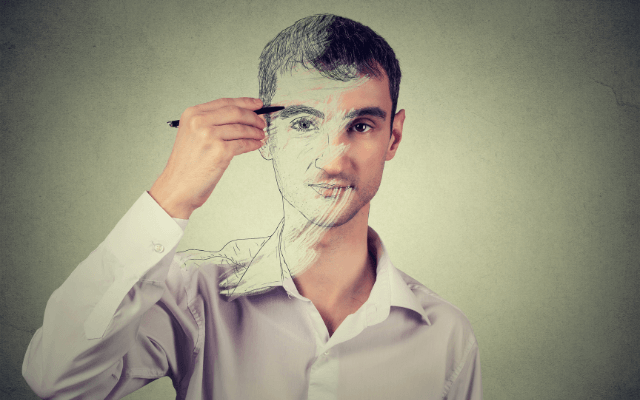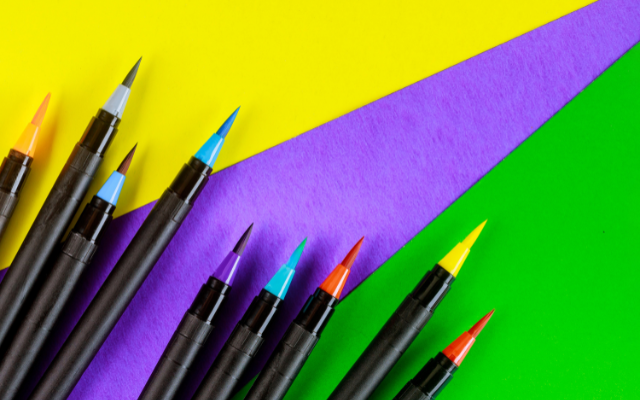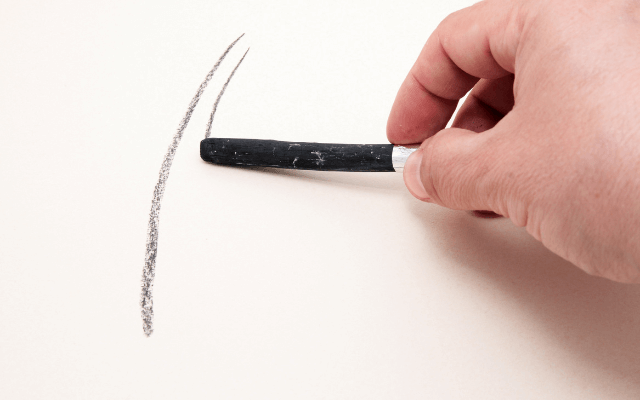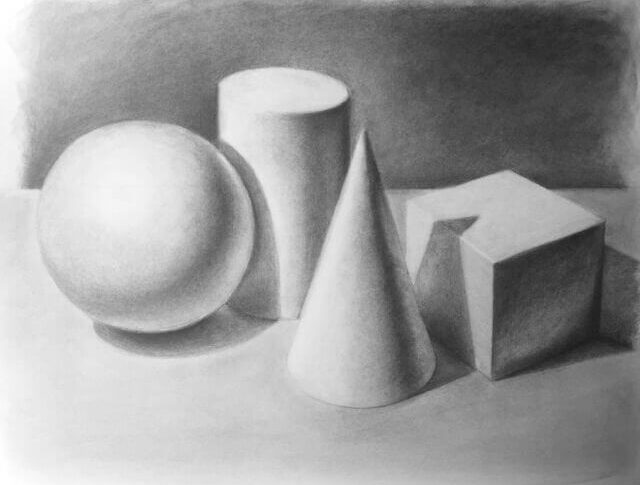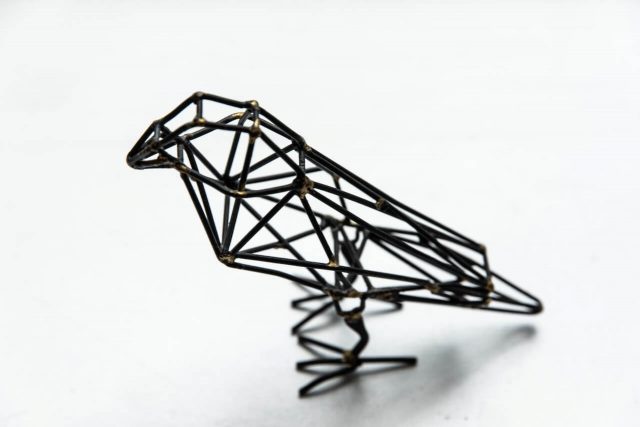
Unconventional Materials in Painting Open New Possibilities
Art is a boundless realm of creativity, constantly evolving and embracing innovation. In the world of painting, artists have historically pushed the boundaries of traditional techniques, and in recent times, they have been venturing into uncharted territory by incorporating unconventional materials into their works. While oil paints, acrylics, and watercolors have long been the staples of painting, contemporary artists are now experimenting with diverse materials to create stunning and thought-provoking masterpieces. This article takes you on a journey through the fascinating world of unconventional materials in painting, exploring how they revolutionize the art form and unlock new realms of creativity and expression.
The Rise of Unconventional Materials in Contemporary Art
In the dynamic world of contemporary art, artists are constantly seeking new ways to challenge conventions and break free from the limitations of traditional mediums. Embracing unconventional materials allows them to create artworks that transcend the familiar and venture into unexplored territories. Materials such as coffee grounds, tea leaves, eggshells, sand, metal scraps, and even human hair find their way onto canvases, adding unique textures, colors, and dimensions to the artwork.
The allure of these unconventional materials lies not only in their novelty but also in the statement they make about sustainability and environmental consciousness. Many artists using recycled or upcycled materials are advocating for a greener world, using their art as a platform to raise awareness about environmental issues and the impact of consumer culture. By incorporating non-traditional materials, artists challenge viewers to rethink their perception of art, creativity, and the environment.
Coffee Stains and Tea Leaves: Infusing Paintings with Organic Richness
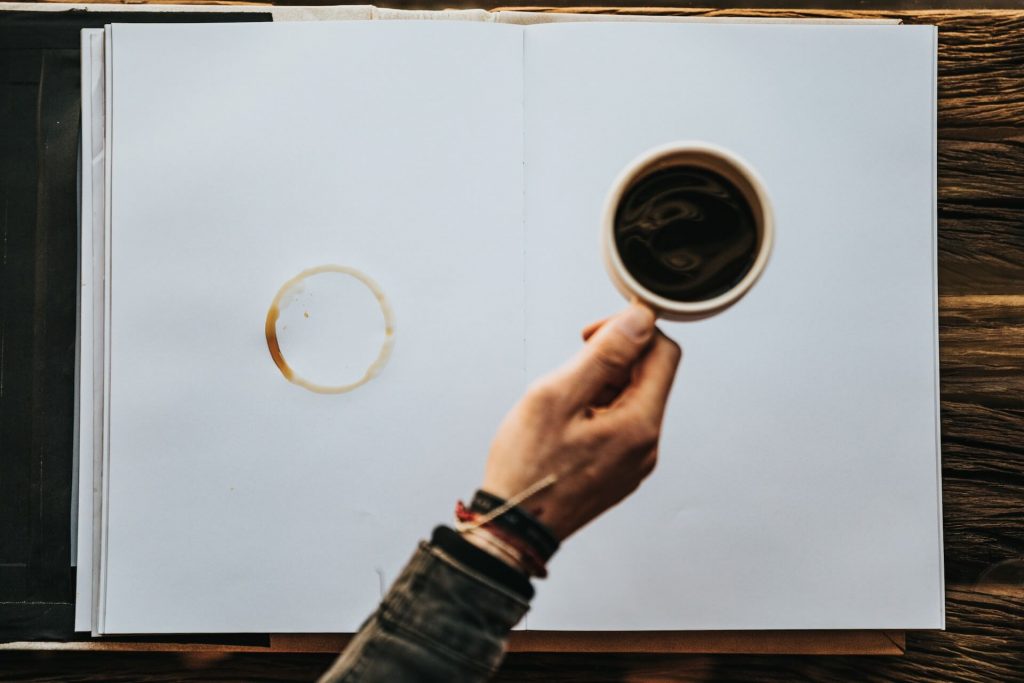
Imagine an artist starting a painting with a blank canvas and a steaming cup of coffee or tea. Instead of reaching for traditional paint, they dip their brushes into the warm liquid, using it to create sepia-toned hues on the canvas. The natural pigments in coffee and tea produce captivating and earthy colors that infuse the artwork with a sense of organic richness.
Working with coffee and tea as painting mediums requires a delicate balance between dilution and layering to achieve the desired effects. Each brushstroke tells a story, capturing a moment in time and bridging the gap between the every day and the extraordinary. Artists embracing these unconventional materials find beauty in the mundane, celebrating the artistry found in the simplest of things.
Plastic Fantastic: Reshaping Art with Recycled Materials
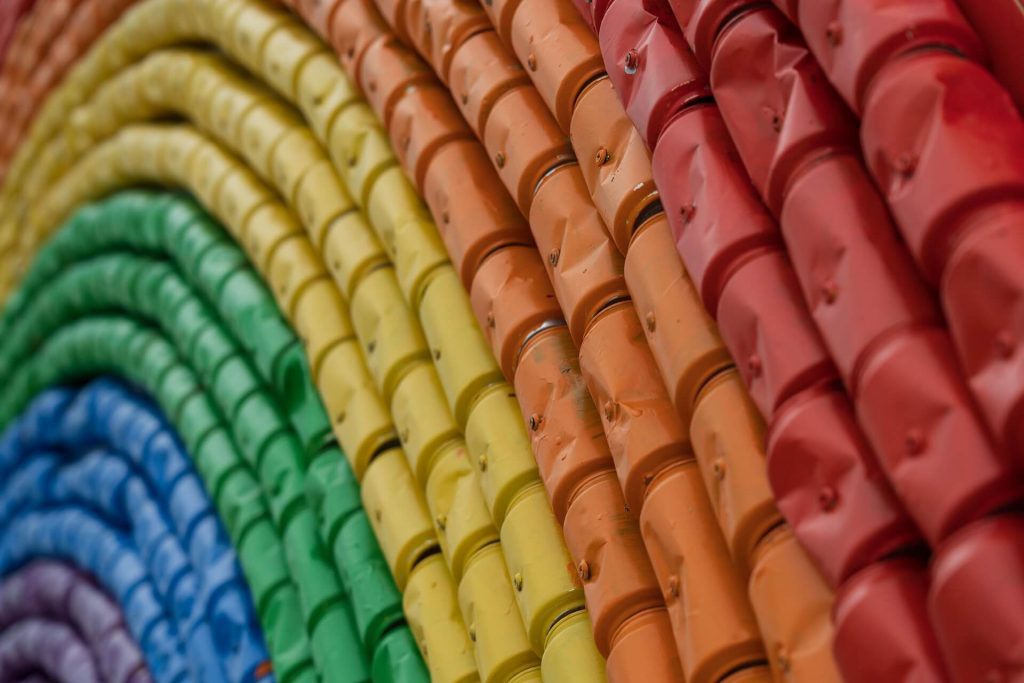
The mounting problem of plastic waste has become a global concern, and artists are using their creativity to address this pressing issue. Discarded plastic bottles, bags, and wrappers find new life in the hands of innovative artists. By transforming waste into art, they challenge traditional notions of beauty and elevate the humble material to a new level of appreciation.
Working with plastic as a painting material is a complex and labor-intensive process. Artists melt, mold, and manipulate the plastic to create intricate textures and patterns. The resulting artworks often convey powerful messages about environmental sustainability and the need for conscious consumption. Through their creativity, these artists inspire viewers to reconsider their relationship with plastic and to explore new possibilities for recycling and repurposing.
Threads of Creativity: Painting with Textiles
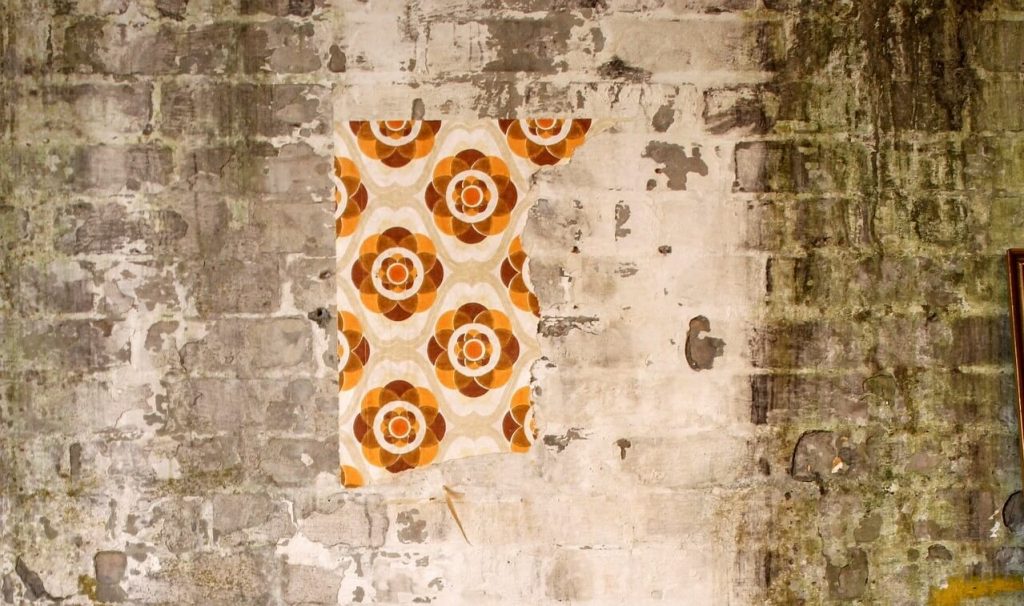
In a fusion of painting and textile art, some artists are breaking away from conventional materials by incorporating threads and fabrics into their paintings. The juxtaposition of vibrant textiles with paint creates mesmerizing and textured masterpieces that engage viewers on multiple sensory levels.
This unconventional approach introduces a captivating dialogue between two distinct art forms, and artists explore the harmony of colors, patterns, and textures. The interplay between the softness of textiles and the fluidity of paint adds depth and complexity to the artwork. Through this fusion of mediums, artists reimagine the possibilities of painting and challenge the boundaries of creativity.
Nature’s Palette: Botanicals in Painting
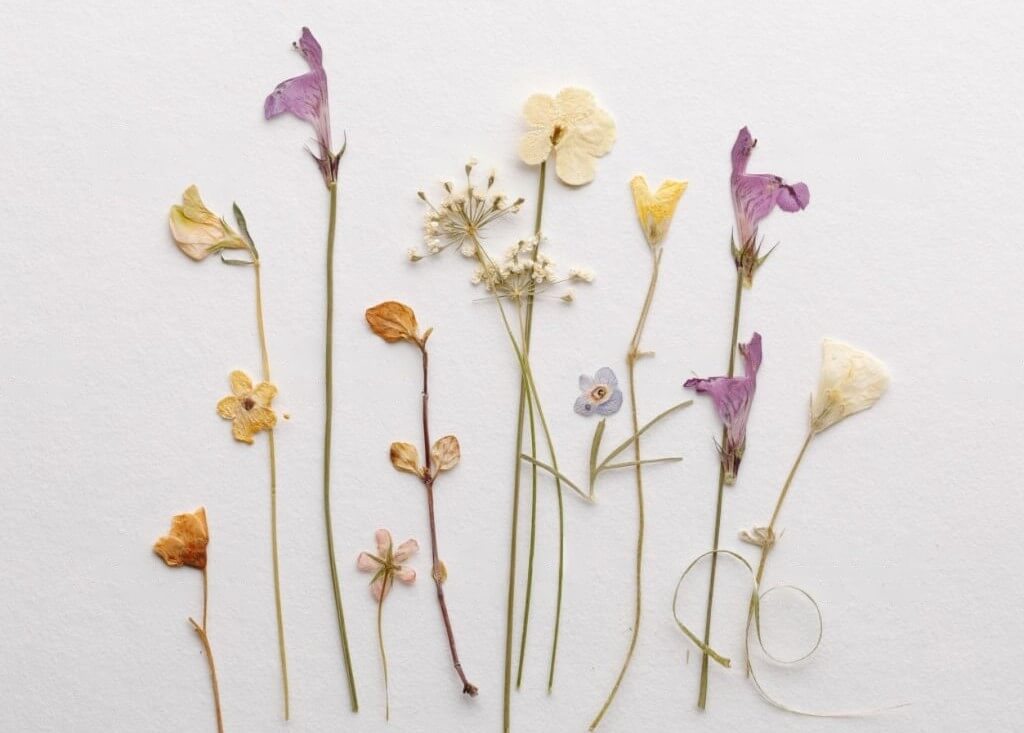
Nature has long served as a timeless muse for artists, but some contemporary painters are taking a step further by incorporating actual botanicals into their artwork. Leaves, petals, seeds, and even tree bark find their way onto the canvas, creating visually arresting and organic compositions.
The use of real botanical materials in paintings adds a touch of the natural world to the artwork, infusing it with a sense of life and vitality. As viewers observe the materials used in the creation of these works, they are reminded of the intricate beauty of the world around them, inspiring a deeper appreciation for nature’s wonders.
Conclusion
In the world of art and painting, the exploration of unconventional materials leads to a captivating and transformative experience for both artists and viewers alike. Through coffee stains and tea leaves, recycled plastics, textiles, and botanicals, artists are pushing the boundaries of creativity and redefining the essence of painting.
By embracing new possibilities, artists challenge preconceived notions and propel the art world forward into uncharted territories. Unconventional materials not only offer striking aesthetics but also serve as powerful vehicles for messages about sustainability, consumerism, and the beauty of the natural world.
As artists continue to explore and experiment, the realm of painting becomes a boundless landscape of innovation, where creativity knows no bounds, and art finds its voice in the most unexpected and remarkable materials.

